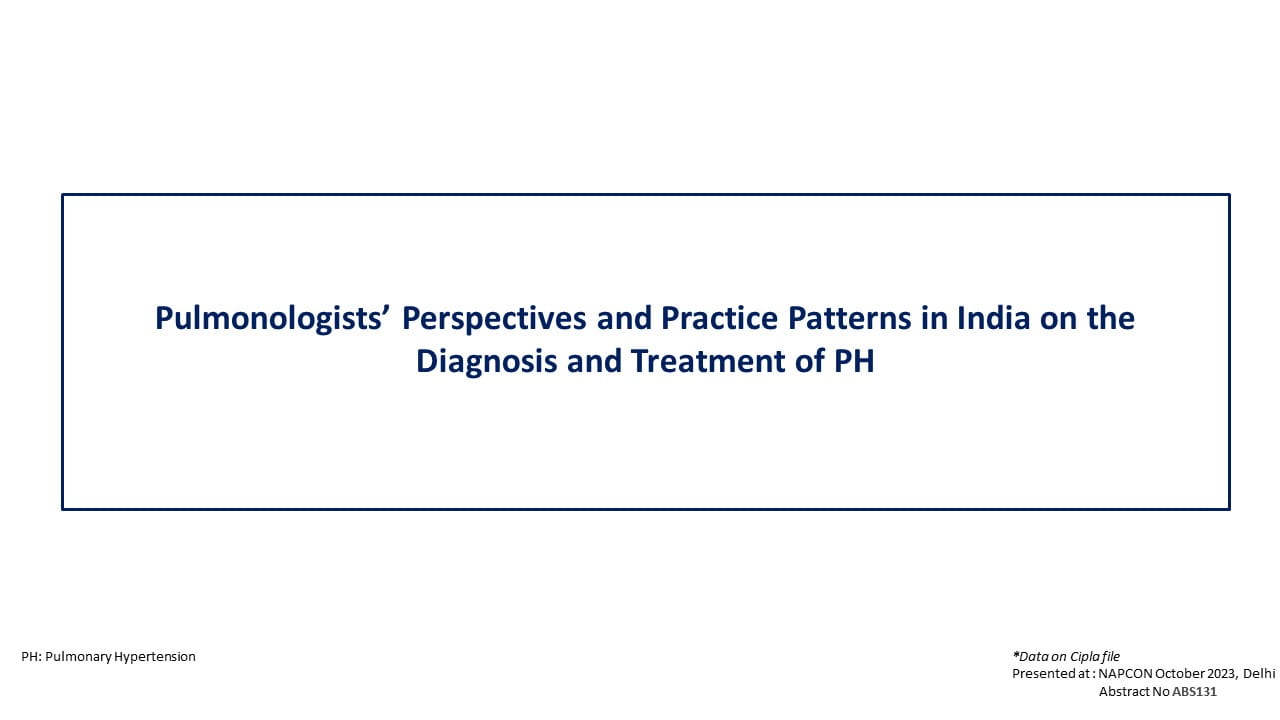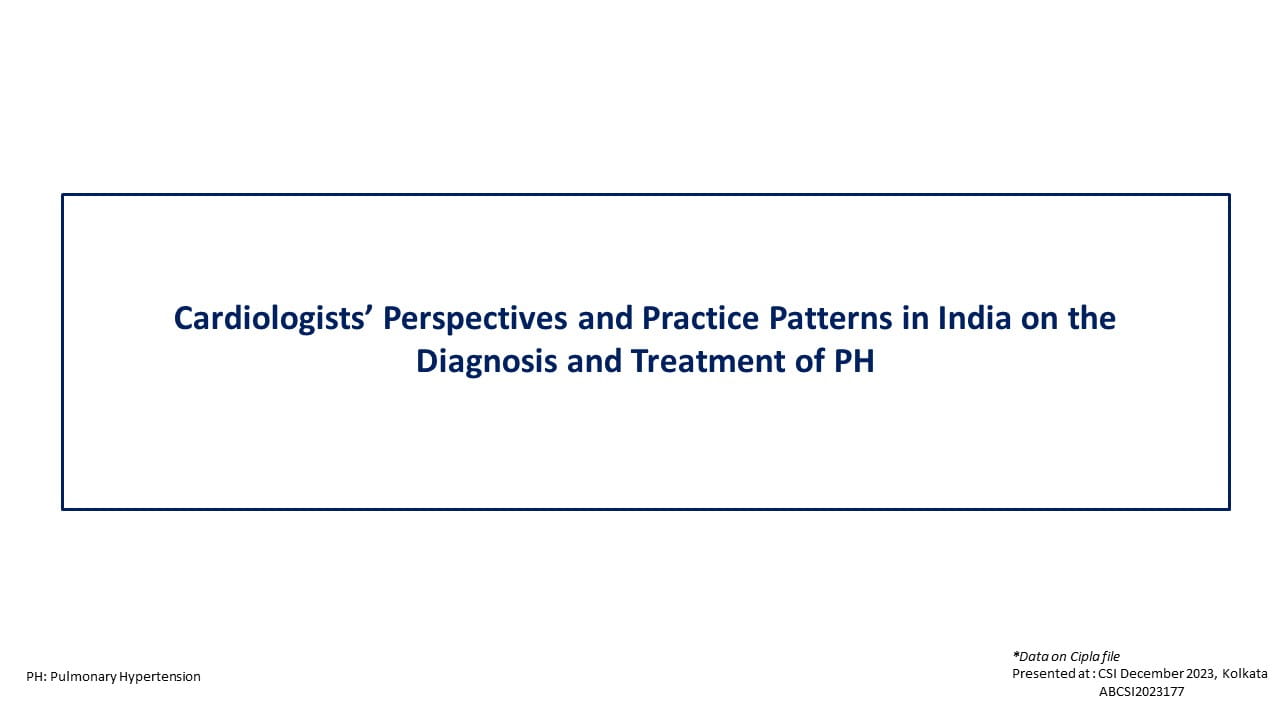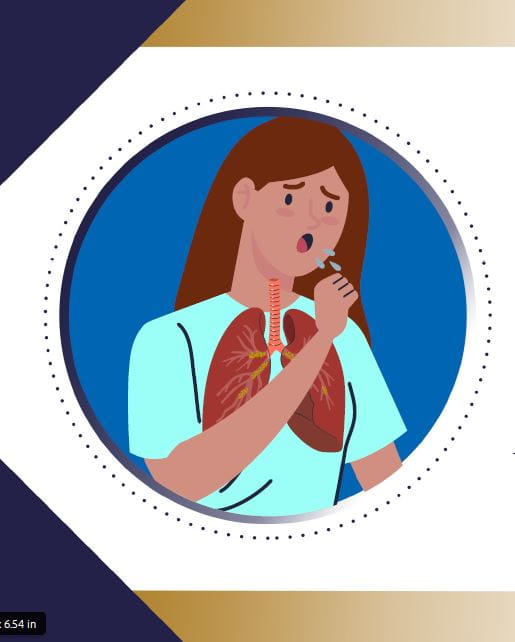Panellists:
-
Dr. Heather Gornick (Chair, 2024 ACC PAD Guideline Writing Committee, Cleveland Clinic)
-
Dr. Naomi Hamburg (Cardiologist & Vascular Medicine Specialist, Boston University; Co-chair, Peer Review for 2024 Guidelines)
-
Dr. Connie Hess (Interventional Cardiologist, University of Colorado; Faculty, CPC Clinical Research; Writing Committee Member)
-
Dr. Lee Kirksey (Vascular Surgeon, Cleveland Clinic; Expert in PAD and Health Equity)
-
Dr. Marc Bonaca (CPC, University of Colarado)
Key Highlights:
Q.1: What are the key changes in the 2024 guidelines compared to previous iterations?
Answer: The 2024 PAD guidelines introduce several key updates that shift the focus from procedure-based treatment to a more comprehensive, multidisciplinary approach. Dr. Lee highlighted the importance of cross-specialty care and aggressive cardiovascular risk modification for the majority of PAD patients who are asymptomatic or have intermittent claudication. Dr. Hess emphasized the reinstatement of LDL targets—recommending high-intensity statins, a ≥50% LDL reduction, and a target of <70 mg/dL, with non-statin options like PCSK9 inhibitors or ezetimibe for those not at goal. Dr. Bonaca noted that the guidelines now account for the complex comorbidities seen in PAD, promote shared decision-making, and encourage individualized treatment using tools like the WiFi classification to assess limb threat and guide interventions.
Q.2. What Are the Current Recommendations for Antiplatelet Therapy Post-Procedure in PAD Patients?
Answer: The current PAD guidelines favor dual pathway inhibition (DPI)—rivaroxaban 2.5 mg BID plus aspirin—over dual antiplatelet therapy (DAPT) after endovascular procedures, due to robust evidence from VOYAGER-PAD and COMPASS trials showing superior reduction in major adverse cardiovascular and limb events. Dr. Gornick and Dr. Hess emphasized that while DAPT lacks strong evidence in PAD and persists due to historical practices, DPI now carries a Class 1A recommendation in the US. Dr. Bonaca added that although DAPT was commonly used due to its requirement in past device trials, it hasn’t significantly lowered event rates, underscoring the need to educate clinicians and shift practice toward evidence-based DPI for better patient outcomes.
Q.3. Are you checking for LP(a) in your patients with PAD?
Answer: All panellists agreed on:
-
Lipoprotein(a) [Lp(a)] is an important risk factor in PAD patients, especially in those with polyvascular disease.
-
Current testing practices vary, but there is increasing recognition of its significance.
-
There’s no approved Lp(a)-lowering therapy yet, but future drugs are in the pipeline.
-
Managing other risk factors more aggressively (like LDL-C) is the current approach when Lp(a) is elevated.
-
There's residual risk in PAD patients despite guideline-directed therapy, and Lp(a) could be one of the contributors.
Q.4: Very few cardiologists are engaged in recognizing and managing PAD. Will the new ACC-led guidelines help change this, especially with new trials and therapies? And how else can we get cardiologists more involved in PAD?
Answer: The panel acknowledged that many general cardiologists are not currently engaged in PAD care, but emphasized that this can change by integrating PAD more thoroughly into cardiology training curricula. Increased exposure during training would build interest, confidence, and competency. They also noted that PAD should be viewed as part of broader cardiorenal-metabolic disease management—an area within the core skill set of cardiologists. Raising awareness at the trainee level, along with evolving guidelines and new therapeutics, may help drive more cardiologist involvement in PAD care.
Q.5: In light of the STRIDE trial, should future PAD therapies be prospectively evaluated for both major adverse limb events (MALE) and major adverse cardiovascular events (MACE)?
Answer: Yes, future PAD therapies should evaluate both MALE and MACE, as there's now a growing recognition that limb outcomes are just as critical as cardiovascular events. Dr. Bonaca noted that the rivaroxaban guidelines marked a turning point, shifting attention toward limb-related endpoints, which had been historically overlooked. Trials like Seoul and ongoing lipid-lowering studies are already including adverse limb events as primary endpoints. Since PAD patients often derive the greatest benefit from cardiovascular therapies due to their high baseline risk, it’s essential to assess limb morbidity—including quality of life and functional outcomes like walking ability—alongside MACE in future trials to better reflect what matters most to patients.
Q.6: If the current PAD guidelines were optimally implemented, what would the residual risk still be for these patients? And what key targets should we focus on next to further reduce that residual risk?
Answer: Even in high-quality health systems, many PAD patients aren’t receiving basic treatments like statins or aspirin, highlighting a major gap in implementation. Even if guidelines were fully applied, substantial residual risk would remain—particularly in those with chronic limb-threatening ischemia (CLTI), who face mortality rates comparable to advanced cancer or heart failure.
To reduce this risk further, promising targets include:
-
GLP-1 receptor agonists, which may enhance walking performance and vascular health beyond weight loss and glucose control.
-
Lipoprotein(a) and new antithrombotic agents, offering cardiovascular risk reduction.
-
Device-based therapies like bioresorbable scaffolds, especially in CLTI, where goals focus on limb salvage and wound healing.
Q.7: How can we promote early detection of PAD, and what are your thoughts on increasing the use of ABI or Doppler in clinical settings where it's not routinely done?
Answer: Early detection of PAD is crucial, and the Ankle-Brachial Index (ABI) is a simple, non-invasive, and effective tool for this purpose. The Society for Vascular Nursing has trained healthcare staff to perform ABI using a blood pressure cuff and Doppler, making it accessible in office settings. While ABI may not be accurate in all cases (e.g., CLTI patients), it remains the first recommended step in diagnosis. However, many institutions still do not use it regularly, highlighting the need for broader education and implementation. The guideline discussed does not include other technologies like oscillometric devices and stays focused on ABI.
Q.8: What are your views on how to work collaboratively in teams to care for patients with PAD, especially in the context of revascularization, and how might the guidelines support such collaboration?
Answer: Dr. Kirksey emphasized that evidence from trials like BEST-CLI and BASIL shows that treatment decisions (e.g., surgical vs. endovascular) must be individualized based on anatomy, patient comorbidities, and available expertise. This calls for a multidisciplinary approach involving surgeons, interventionalists, and medical teams to optimize care. He advocated for structured team-based care similar to stroke or TAVR heart teams, ideally recognized as a quality metric. All panellists agreed, stressing it's not about turf but about what's best for the patient. He noted disparities in access to vascular specialists—especially in high-amputation regions—and highlighted the importance of involving broader specialties like endocrinology, podiatry, and wound care. While ideal multidisciplinary teams are not always feasible everywhere, tailoring care to available resources while striving for collaboration remains key and is supported by the guidelines.
Q.9: What are the key access barriers to prescribing the COMPASS dose of rivaroxaban in the real world, and what strategies can help improve uptake of this class I recommended regimen from COMPASS and VOYAGER trials?
Answer:
-
Cost & Insurance Coverage: Many patients, especially those on Medicare, struggle to afford the COMPASS dose. Out-of-pocket costs can be significantly higher than alternatives like clopidogrel.
-
Generic Availability: Rivaroxaban may become generic within a couple of years. Some generic versions are already available in Europe.
-
System-Level Barriers: There’s a lack of coordinated care across specialties, unlike post-PCI DAPT, which is easier to standardize. Early initiation (before hospital discharge) increases uptake but is often missed.
-
Prescriber Inertia: Delay in navigating reimbursement, prior authorization, or using available support programs contributes to underuse. Providers often give up if access seems difficult.
-
Solutions Proposed:
-
Coordinate care to identify eligible patients early.
-
Leverage manufacturer savings programs (especially for commercially insured).
-
Apply implementation science approaches (as used with PCSK9 inhibitors).
-
Educate providers on actual vs perceived costs and access pathways.
-
Prioritize high-risk patients where benefit is maximized if universal application isn't feasible.
Q.10: What are the treatment options for patients with recurrent thrombotic events, such as acute limb ischemia (ALI) or after revascularization, where the low-dose rivaroxaban regimen may not be sufficient? Should we consider other antiplatelets, different P2Y12 inhibitors, higher dose DOACs, or low molecular weight heparin like Lovenox?
Answer: Start by investigating the cause of recurrent thrombotic events to tailor therapy effectively.
Escalating anticoagulation (e.g., full-dose DOACs or warfarin) has been tried but largely failed due to increased bleeding without added benefit:
-
Warfarin trials in PAD showed no success and led to excessive bleeding.
-
The APPRAISE trial (apixaban + DAPT) was stopped early due to harm.
-
The COMPASS dose of rivaroxaban (2.5 mg BID) was chosen after a large phase 2 trial showing lower dose was more effective and safer in this population.
-
In cases of recurrent events, clinicians face a difficult balance—escalating therapy increases bleeding risk, and there's limited evidence on what works best.
-
Future hope lies in newer, safer anticoagulants, such as Factor XI inhibitors, which may offer better efficacy with lower bleeding risk in high-risk patients.
ACC.25, March 29 - 31, 2025, Chicago




